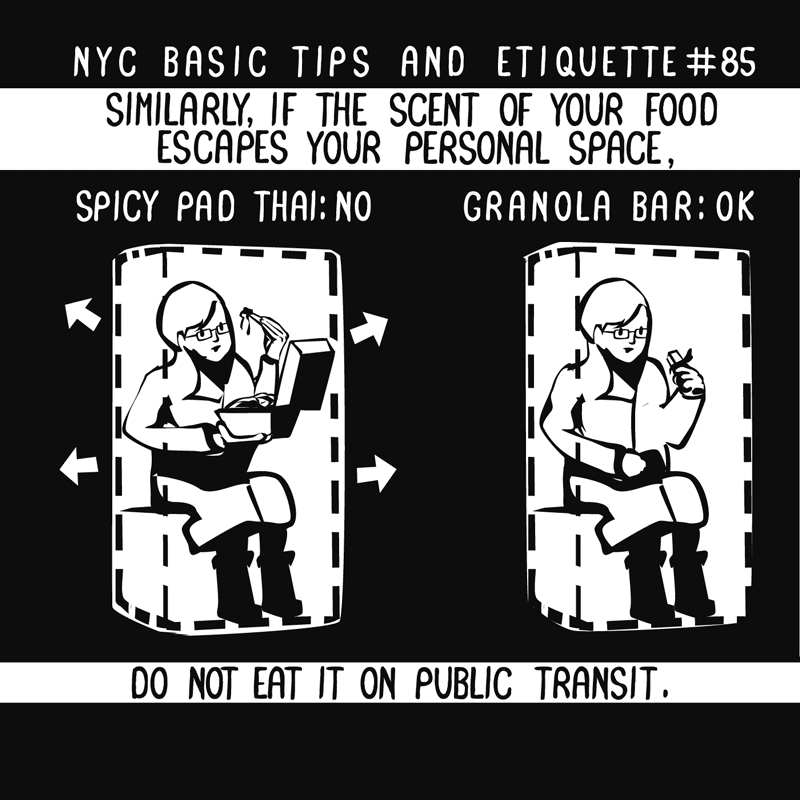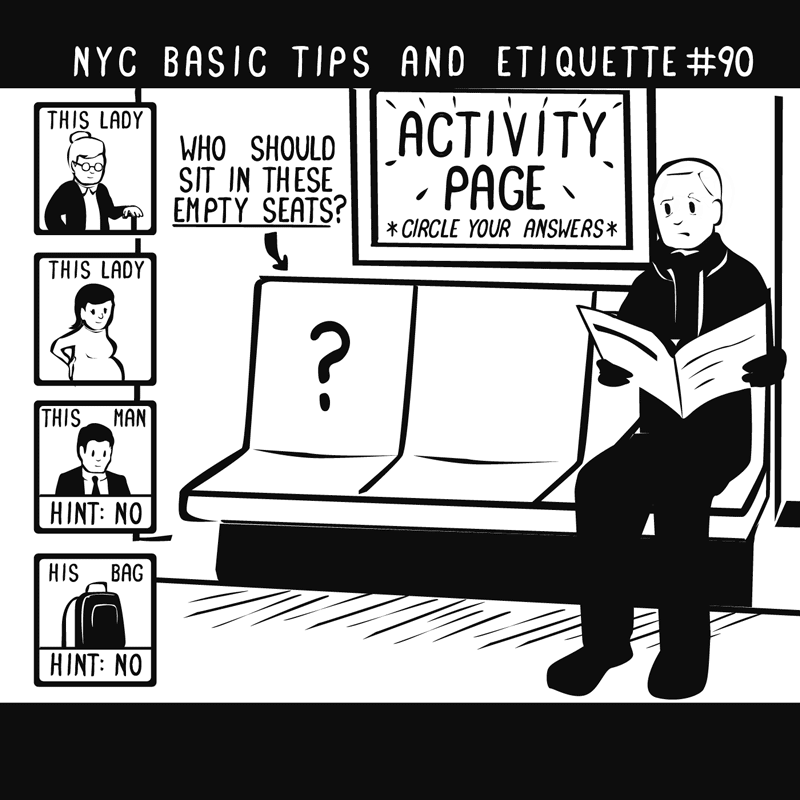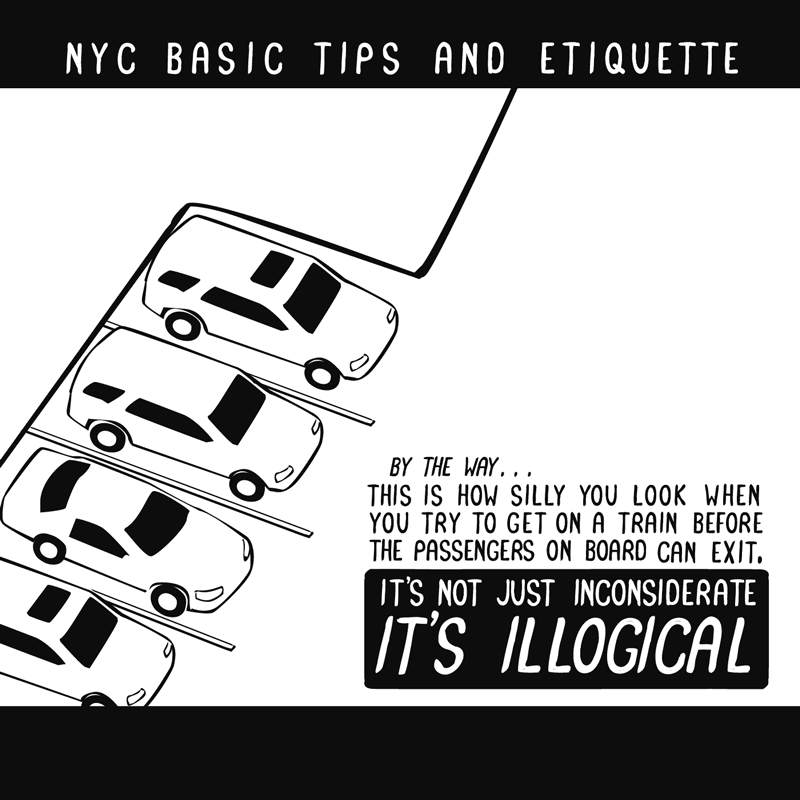•Boarding ramps now in place at 19 further underground stations
•35 additional stations are now more accessible for wheelchair users from platform to train
•Further accessibility commitments set out by the Mayor are being delivered – with 26 Tube and Overground stations to become step free over next eight years
•Work underway to find additional accessibility solutions at other step-free stations
London Underground (LU) has completed the roll out of boarding ramps, used to bridge the gap between platform and train, at a further 19 Tube stations. This brings the total number of Tube stations where level access from platform to train has been introduced through the use of ramps and permanent raised platform sections to 35 since last year. Two additional London Overground stations, Denmark Hill and Crystal Palace, have also become fully step-free since the Olympic and Paralympic Games.
The portable ramps are put in place by Tube staff to allow wheelchairs users to get on and off trains. They were first introduced at 16 Tube stations during the Games and proved so successful TfL has now rolled them out more widely. The 19 new stations to have boarding ramps are: Caledonian Road, East Ham, Elm Park, Epping, Farringdon, Hainault, Hillingdon, Hounslow East, Kew Gardens, Mile End, Richmond,
Rickmansworth, Roding Valley, South Woodford, Theydon Bois, Upney, Uxbridge, West Finchley and Wood Lane.
A new short film explaining how the ramps work can be found at [youtube http://youtube.com/w/?v=UVJl2IKLa1U] Customers can also sign up for TfL’s accessibility email updates by visiting
tfl.gov.uk/emailupdates
The Mayor of London, Boris Johnson, said, “Boarding ramps proved hugely successful in helping people to get around during the Games and I’m delighted that we are now rolling them out at even more stations across the Tube network. London has one of the most accessible transport systems in the world but there is always more that can be done. This is why we are investing hundreds of millions of pounds to ensure that we take accessibility in the capital to the next level.”
Phil Hufton, London Underground’s Chief Operating Officer said: ““We’ve had really positive feedback about the boarding ramps, as well as other improvements such as permanent raised sections of platforms and wide-aisle gates, which are helping to make getting around easier for many of our customers. We also want to ensure that people are aware of how easy the ramps are to use and a short film on the TfL website shows exactly how they work.”
Ruth Owen OBE, Chief Executive of disabled children’s charity Whizz-Kidz said: “We warmly welcome TfL’s decision to roll out manual boarding ramps at a further 19 stations across the network, which will support disabled people to travel more independently. As part of Whizz-Kidz’s Generation Inspired? campaign into the Paralympic Legacy, we polled our network of young wheelchair-users in the five months following the London 2012 Games and discovered that the majority were hopeful that improvements in transport accessibility would form part of the Paralympic Legacy. We’re delighted that young disabled people’s voices have been heard. Whizz-Kidz and its young Ambassadors back the Mayor’s pledge to make transport in London more accessible and we look forward to continuing to support and advise TfL on further measures to improve accessibility for disabled passengers.’
At some stations factors such as the historic design of the platforms and track – particularly where there is a step down from the platform to the train – mean that the use of boarding ramps has not been possible. Work by LU to find solutions in these cases is now underway.
Many large-scale accessibility improvements are also already underway across the Tube network including at Victoria, Vauxhall, Tottenham Court Road, Bond Street and Greenford Tube stations. A new fleet of trains are running on the Metropolitan line and by the end of 2014 there will be new trains running on the entire Hammersmith & City and Circle lines followed by a further 80 new trains on the District line, which will mean that 40 per cent of the network will be served by air-conditioned trains with high levels of accessibility, wider doors and dedicated areas for wheelchair users.
TfL will also increase the number of permanent raised platform sections to provide level access at a third of stations by 2016 and install tactile paving on all platform edges across the network for the visually impaired.
Currently, 66 stations on the Tube network are step-free, but the gap between the platform and train at some of these stations has meant that wheelchair users can struggle to board.
The new deployment of ramps will mean that, of the platforms that are currently accessible step-free from the street, 76 per cent (149 out of 195) will now be accessible to wheelchair users through the use of the ramps, permanent raised platform sections, low floor trains and other improvements.
Introducing ramps to more of the Tube network was one of the commitments outlined in the mayor and TfL’s ‘Your Accessible Transport Network’ document in December of last year. Progress on a number of improvements outlined in the document have already been made. These include:
Disability organisations Inclusion London and Transport for All have been appointed to improve training given to LU staff in how they assist older and disabled customers;
Centres of excellence, which will act as exemplars for how TfL can best assist disabled customers, are being established at Stratford, King’s Cross St Pancras, London Bridge, Green Park and Westminster stations;
Significant improvements to signage have now been completed at 11 stations with four more to follow this month. This distinctive new accessibility signage, developed in conjunction with disabled people, is positioned at locations and heights that are easily viewable from wheelchairs. It provides better information about how best to navigate stations, including Westminster, Waterloo, Kings Cross and London Bridge;
A further 94 wide aisle gates have been installed at 60 Tube stations, and the number of permanent raised platform sections is being increased to provide level access at a third of stations by 2016;
A fleet of new trains are already running on the Metropolitan lines with more new trains being introduced on the Hammersmith & City, Circle and District lines, and by 2016, 40 per cent of the Tube will be served by new, highly accessible trains;
A world-leading customer information system has now been introduced on the entire Victoria line. For the first time this gives give real-time disruption information to help people with hearing loss who may miss announcements from the driver.
Large-scale accessibility improvements are already underway at Bond Street, Tottenham Court Road, Victoria and other locations
An additional £18m is being invested to make at least 95 per cent of bus stops accessible by the end of 2016, bringing even greater ease to a bus network that is already the most accessible in the country;
TfL is completely redesigning its website with clearer, easier to read content;
A new Twitter feed @TfLAccess has been launched to give advice on getting the most out of the transport network, to update disabled passengers on improvements to their services and to advise customers of any planned changes on the network – such as to lifts, escalators or stations – that may affect their journeys






